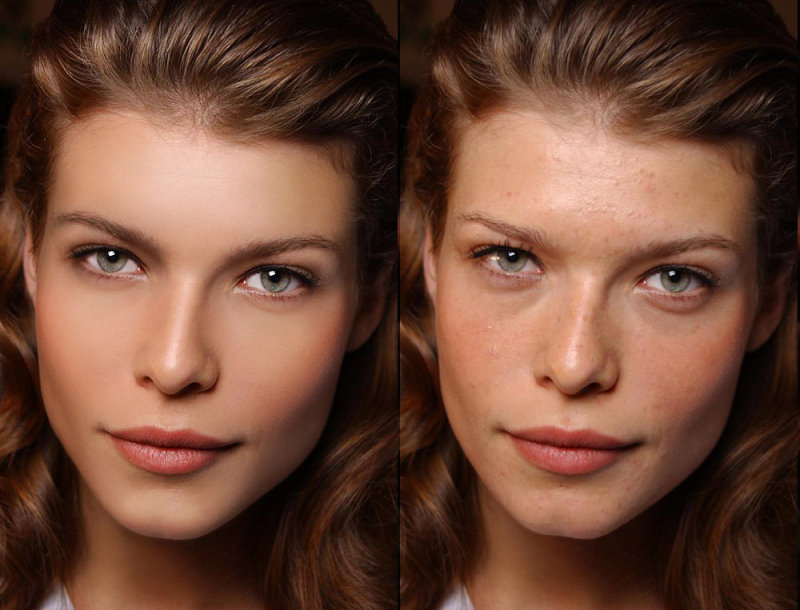Stage 1: State of equilibrium
- In the beginning of the film Juno realizes she is pregnant and even though her life is not totally fine it is what the viewers know as the equilibrium in the film. She plans to give it up for adoption making the right choice so she can still live her life as a teenager.
Stage 2: The Disruption
- The disruption in this film is when Mark and Vanessa begin fighting and their marriage is not sane anymore. They disagree on things about the family and big arguments come from little things such as what colour they are going to paint the baby's room.
Stage 3: Recognition of the disruption
- This is when Mark announces to Juno that him and Vanessa are getting a divorce. Juno's plans of giving this baby to a loving family are falling apart. She breaks down and it seems like everything that she wanted to make her life, and her baby's life amazing will not come true.
Stage 4: Attempt to repair
- The attempt to repair the disruption happens after Juno considers everything going on. She realizes that Vanessa will be a great mom, single or with Mark. She wants a child so bad so Juno writes a note and leaves it on the door step of Vanessa's house saying that she is still up for the idea of adoption is Vanessa is too.
Stage 5: Reinstatement of equilibrium
- This is when Juno gives her baby to Vanessa and Juno is a free teenager again. She has her boyfriend, goes to school and through and through lives a normal life of what a teenager should.


